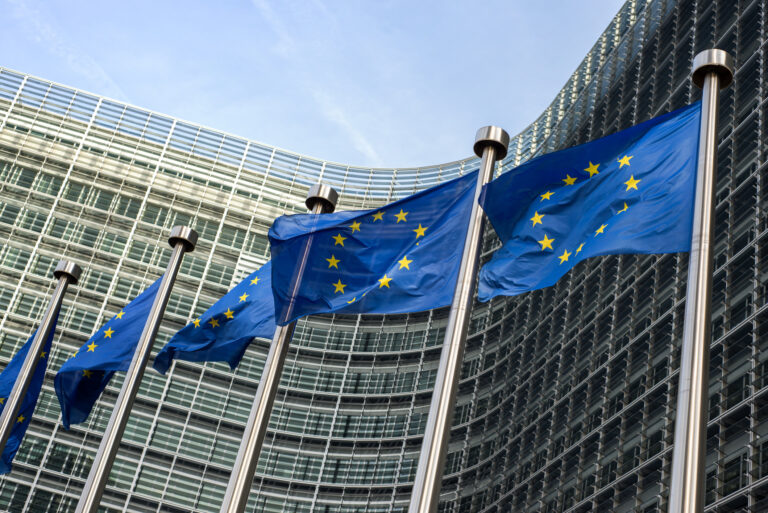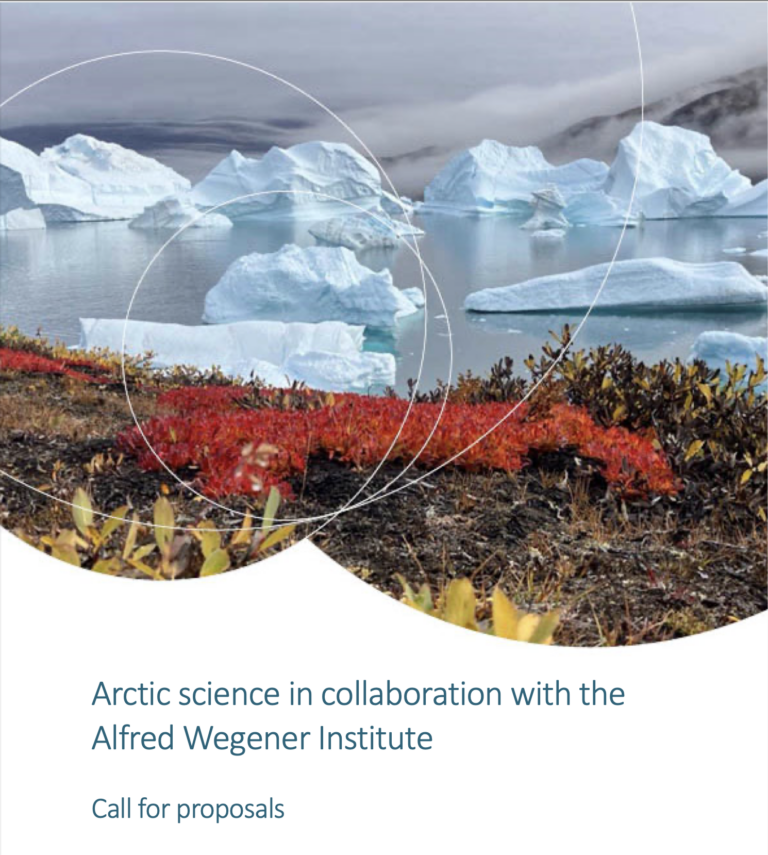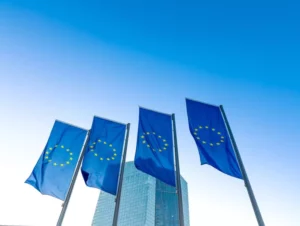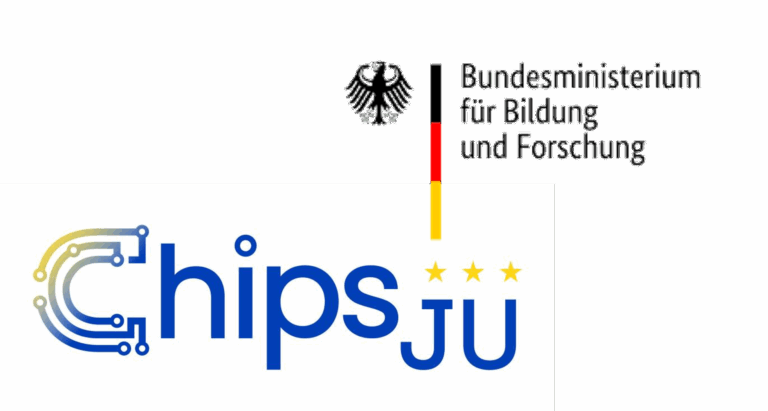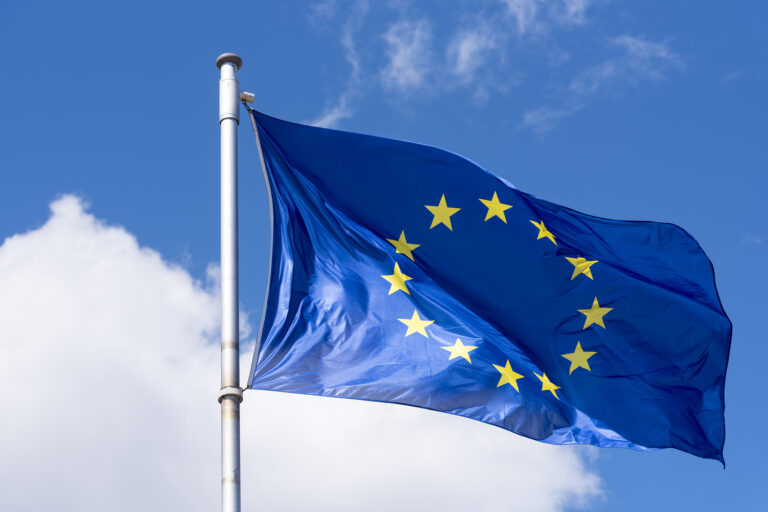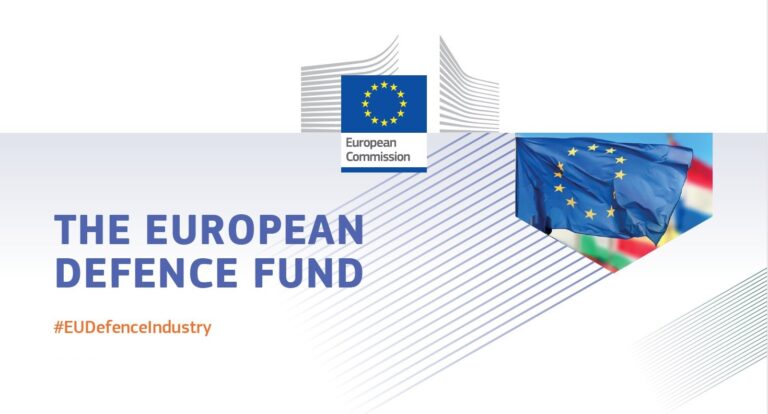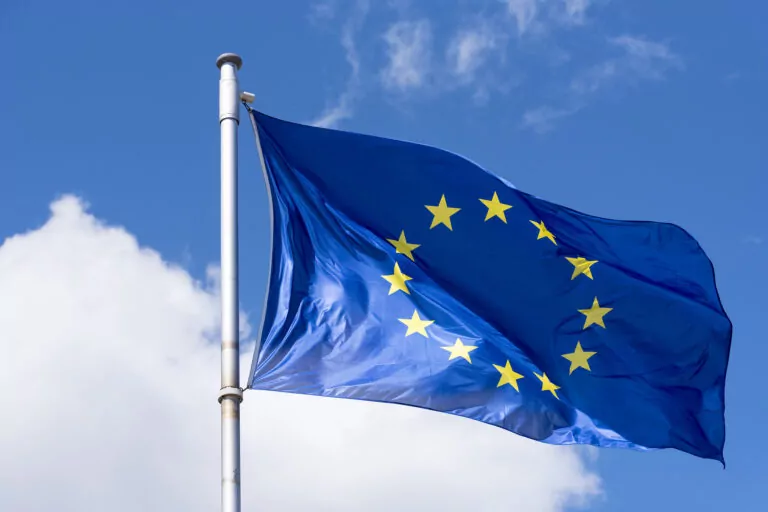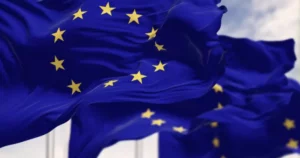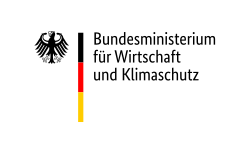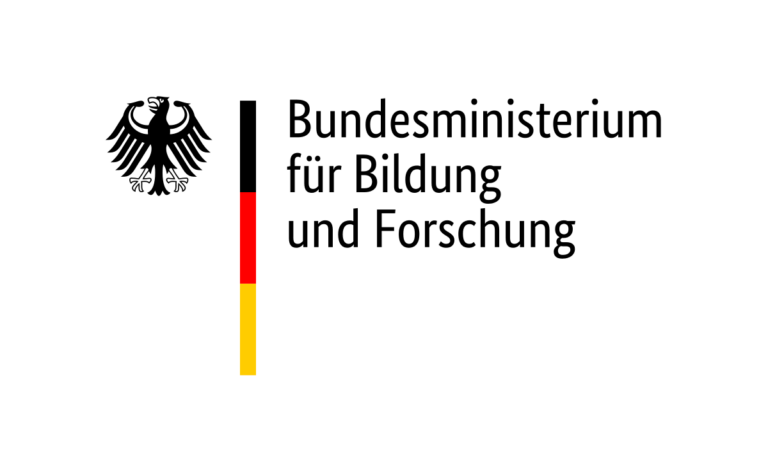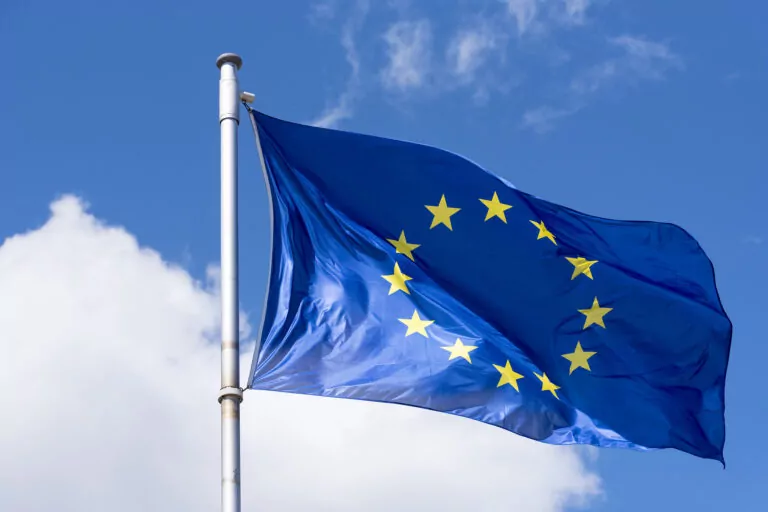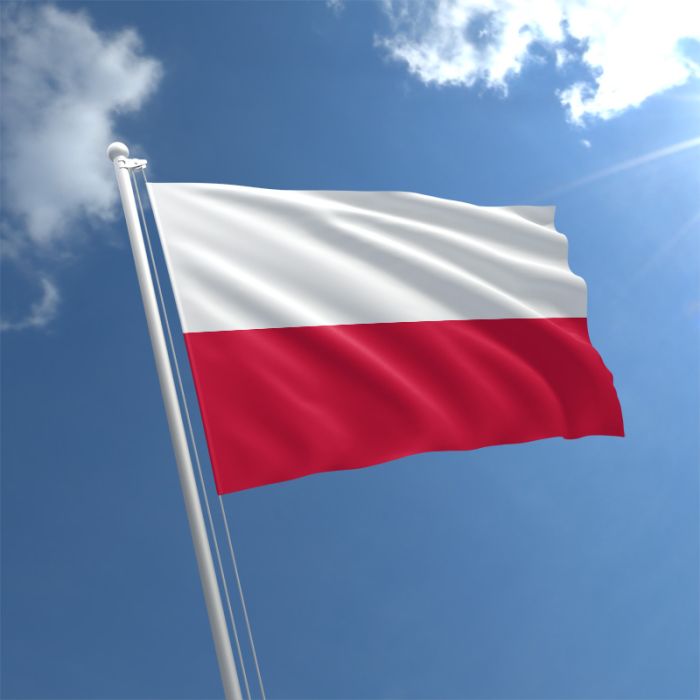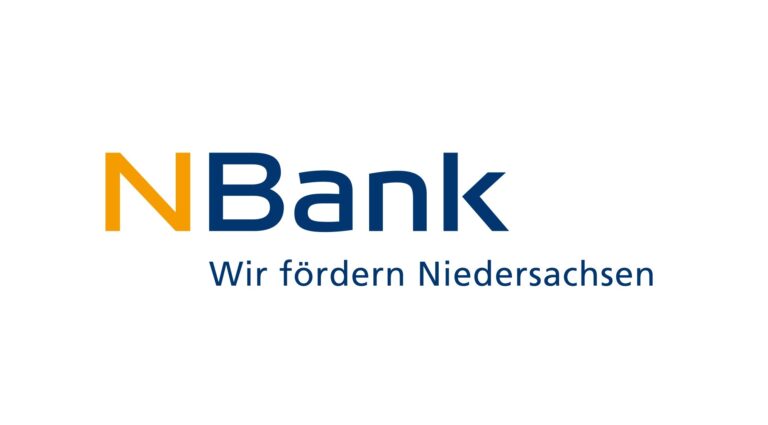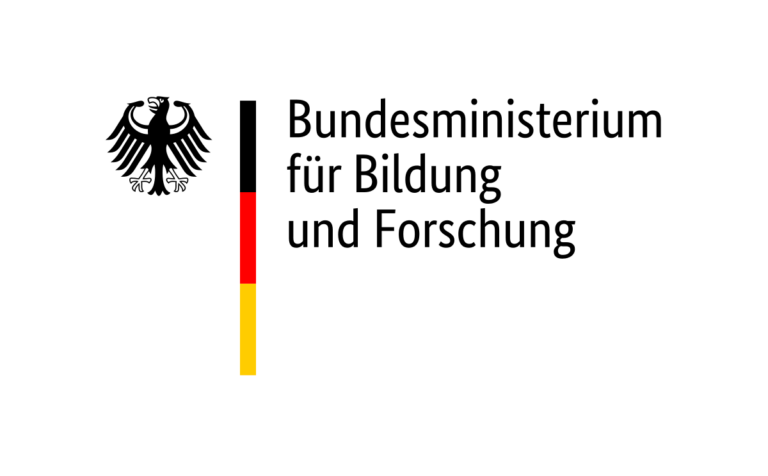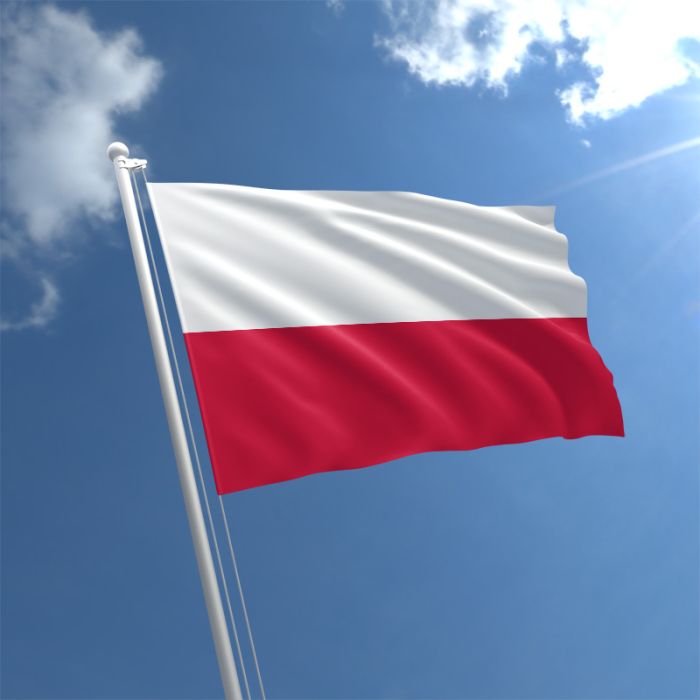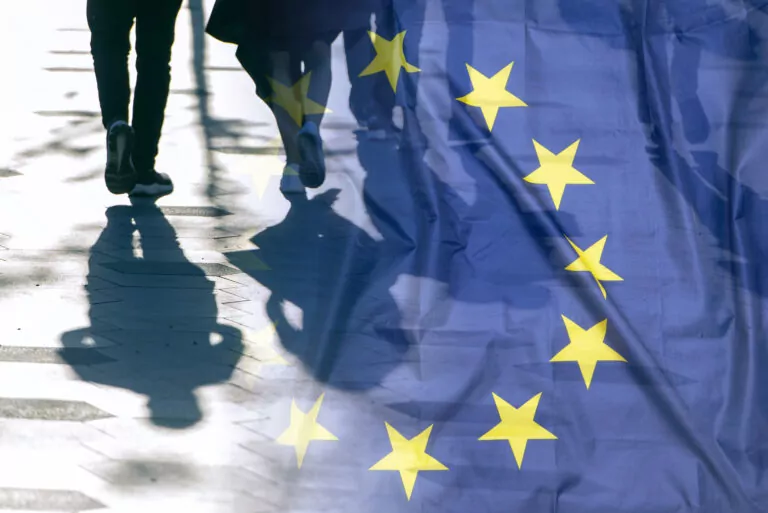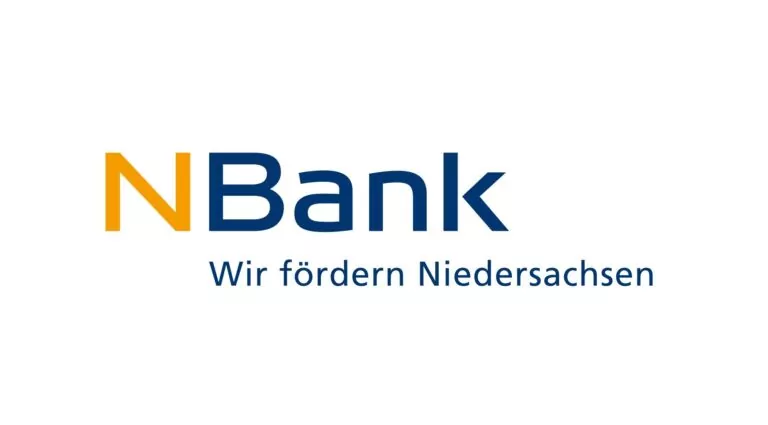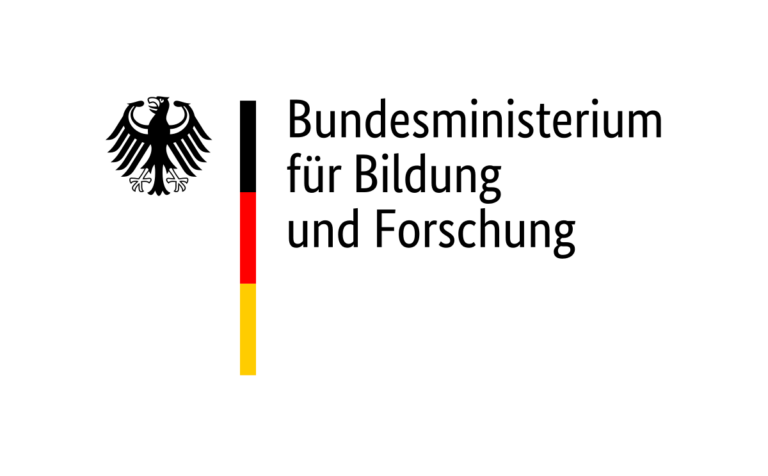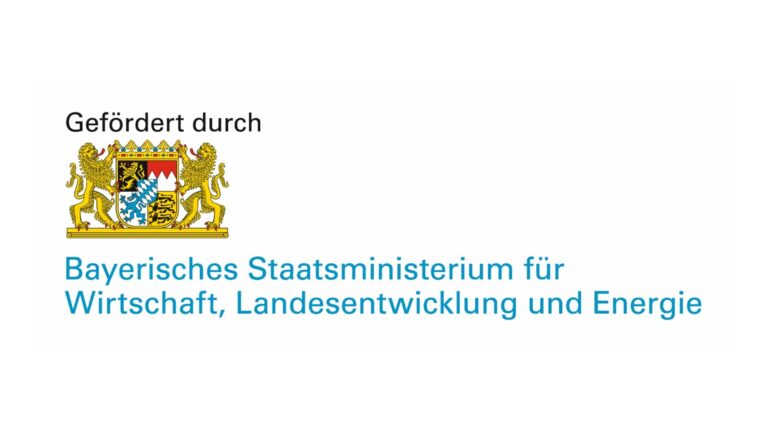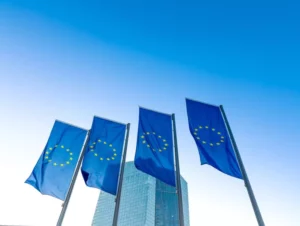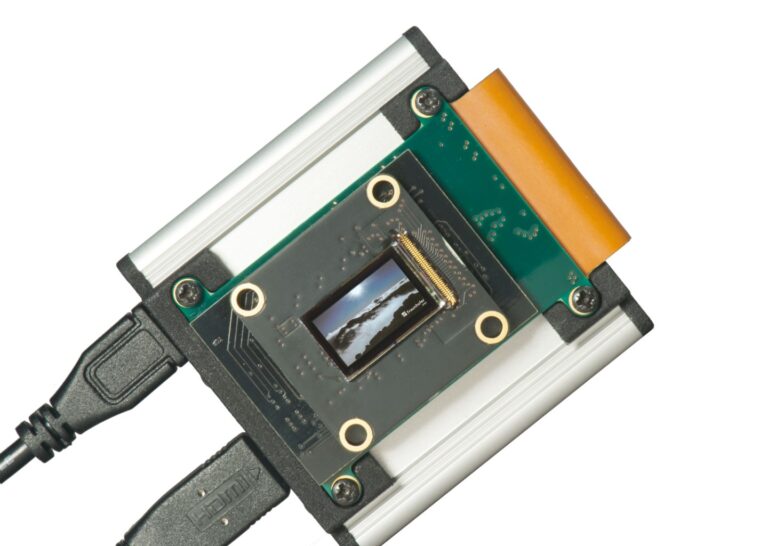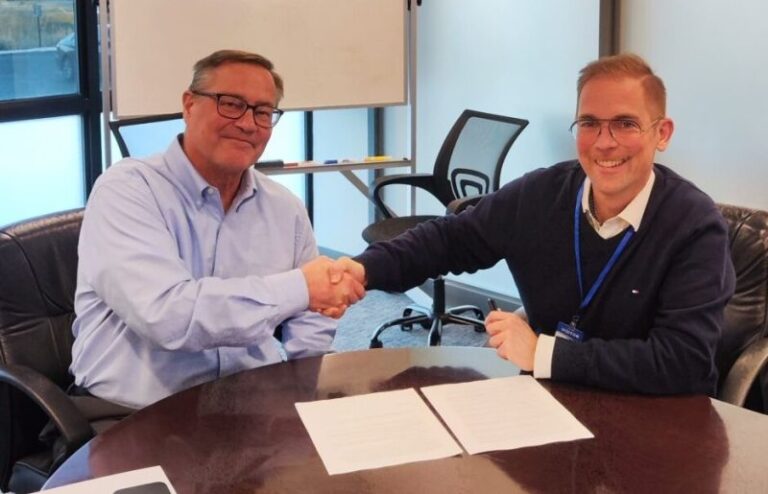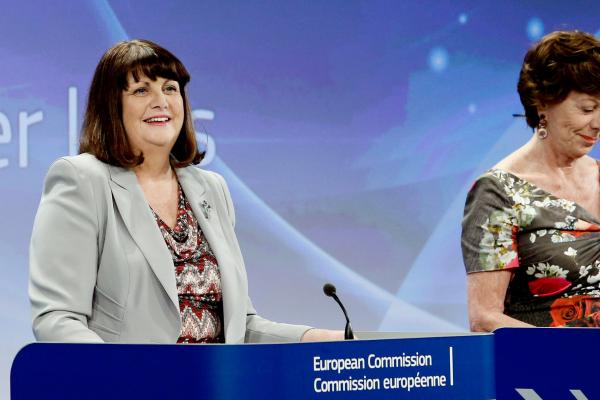Result description
We demonstrated for the first time that an indium dioxide (In2O3) crystal can work as a radiation absorber for low-temperature calorimeters operated at 10 mK in a dilution refrigerator. The crystal has been produced by Leibniz-Institut für Kristallzüchtung, Berlin (Germany), and the crystal production is subject to the Patent n. EP2841630B1, whose inventors are Zbigniew GALAZKA, Reinhard Uecker, and Roberto Fornari. Further work is needed to enhance the detector performances and reach the proposed scientific goals. More sensitive temperature sensors (e.g. TES) and signal amplification techniques (Neganov-Trofimov-Luke effect) are the most promising improvements.
Addressing target audiences and expressing needs
- Help in technical expertise
- Collaboration
We would deposit ohmic contacts on In2O3 semiconductor crystal to apply an electric field (~100 V), and exploit the Neganov-Trofimov-Luke effect to enhance the thermal signal. Moreover, we are interested in custom optimized superconductive thermal sensors (e.g. TES).
- Research and Technology Organisations
- Academia/ Universities
R&D, Technology and Innovation aspects
The crystal has been tested once at cryogenic temperature, currently, we are organizing further measurements both at cryogenic temperature as a low-temperature calorimeter and at 10 K to characterize the scintillation performances. In the future, we would test new sensors (eg. TES), and signal amplification techniques (e.g. Neganov-Trofimov-Luke effect) establishing new collaborations with stakeholders.
Result submitted to Horizon Results Platform by GRAN SASSO SCIENCE INSTITUTE



